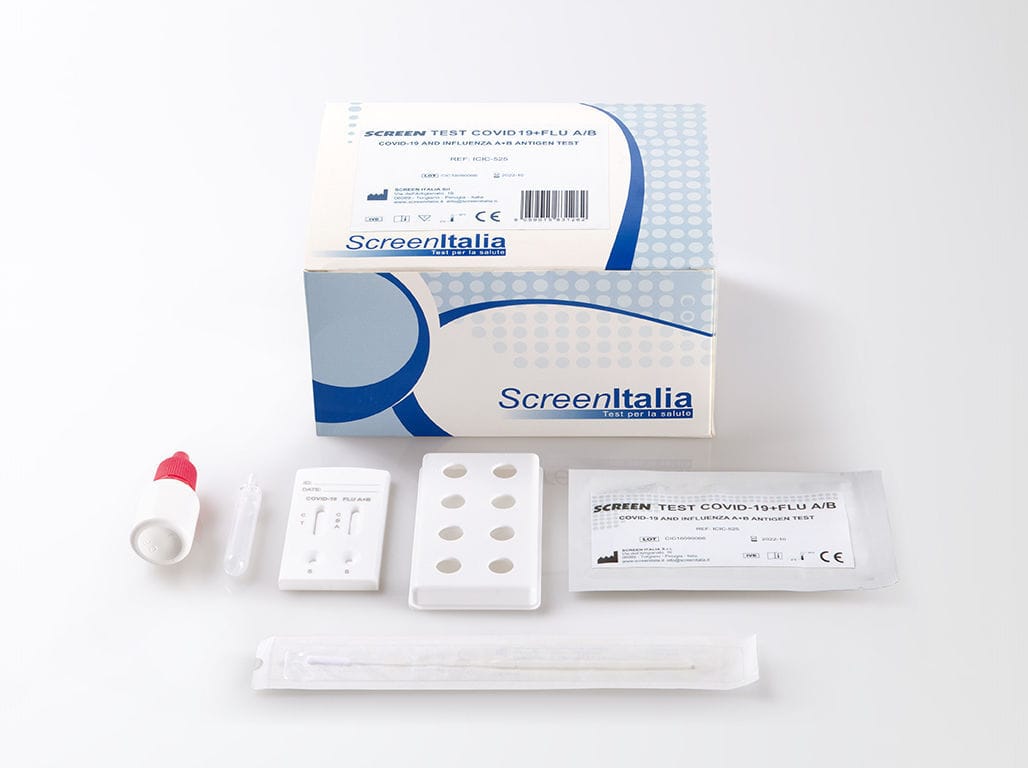

Pandemic coronavirus SARS-CoV-2 testing was not included in this study, which covered influenzas A and B. “As we have witnessed during the COVID pandemic, rapid and accurate testing can lower the incidence of infection, locally, nationally, and globally,” Lutz says. Lutz is an associate professor of bioengineering in the UW College of Engineering and School of Medicine. “This study underscores the imperative of expanding access to testing and lowering the costs,” says Barry Lutz, another co-author of the paper. False-negative results were more common when the self-test was administered after 72 hours of the appearance of symptoms, but were not related to inadequate swab collection or severity of illness. The researchers determined that sensitivity and specificity of the self-test were comparable with those of influenza rapid diagnostic tests used in clinical settings. Starita is an assistant professor of genome sciences at the UW School of Medicine, and one of the study co-authors. After swabbing their noses, they either recorded the results through an app, or returned the kits to the lab of Lea Starita in the Brotman Baty Institute of Precision Medicine. Participants were mailed influenza testing kits. More than 600 Seattle-area residents participated in the 2020 study between February and the end of May. “The tests facilitate earlier diagnoses and reduce the time from the onset of symptoms to patients seeking appropriate care,” he says. Thompson, professor of global health and family medicine at the University of Washington School of Medicine in Seattle. Thompson is the senior author on the study and a primary-care physician at UW Medicine. “Home tests are a valuable tool to support the management of influenza and other respiratory infections,” says Matthew J. 10.1016/j.mayocpiqo.2019.12.005.Home-based, self-administered tests for influenza are comparable in accuracy to rapid diagnostic tests in clinical settings, according to a recently published, peer-reviewed study. Mayo Clin Proc Innov Qual Outcomes 4:176–182. Decreased hospital length of stay with early administration of oseltamivir in patients hospitalized with influenza. 10.1111/j.ĭou L, Reynolds D, Wallace L, O'Horo J, Kashyap R, Gajic O, Yadav H. Clinical and socio-economic impact of influenza and respiratory syncytial virus infection on healthy children and their households. Economic impact of respiratory syncytial virus-related illness in the US: an analysis of national databases. Economic burden of seasonal influenza in the United States.

Putri WCWS, Muscatello DJ, Stockwell MS, Newall AT. The global burden of respiratory disease. RDT SARS-CoV-2 antigen test at-home testing comparative accuracy diagnostic accuracy diagnostic performance influenza rapid tests respiratory viruses.įerkol T, Schraufnagel D. Further research is needed to determine ways to improve the accuracy and utility of home-based testing for influenza. Our results support the concept of app-supported, prepositioned at-home RDT kits using symptom-based triggers, although it cannot be recommended with the RDT used in this study. The RDT had a sensitivity of 28% (95% CI = 21 to 36) and specificity of 99% (98 to 99) for influenza A, and 32% (95% CI = 20 to 46) and 99% (95% CI = 98 to 99), for influenza B.

Of the 976 participants who met criteria to use their self-collection kit and completed study procedures, 202 (20.7%) were positive for influenza by qPCR. If they reported experiencing cough along with aches, fever, chills, and/or sweats, they used their kit following instructions on a mobile app and indicated what lines they saw on the RDT. Participants responded to daily symptom surveys. test kits containing a QuickVue RDT and reference sample collection and shipping materials were prepositioned with participants at the beginning of the study. A convenience sample of 5,229 individuals who were engaged with an on-line health research platform were prospectively recruited throughout the United States. We evaluated the diagnostic accuracy of the QuickVue Influenza A+B RDT in an at-home setting. Such RDTs are best used near the onset of illness when viral load is highest and clinical action will be most impactful, which may be achieved by at-home testing. At-home testing with rapid diagnostic tests (RDTs) for respiratory viruses could facilitate early diagnosis, guide patient care, and prevent transmission.


 0 kommentar(er)
0 kommentar(er)
